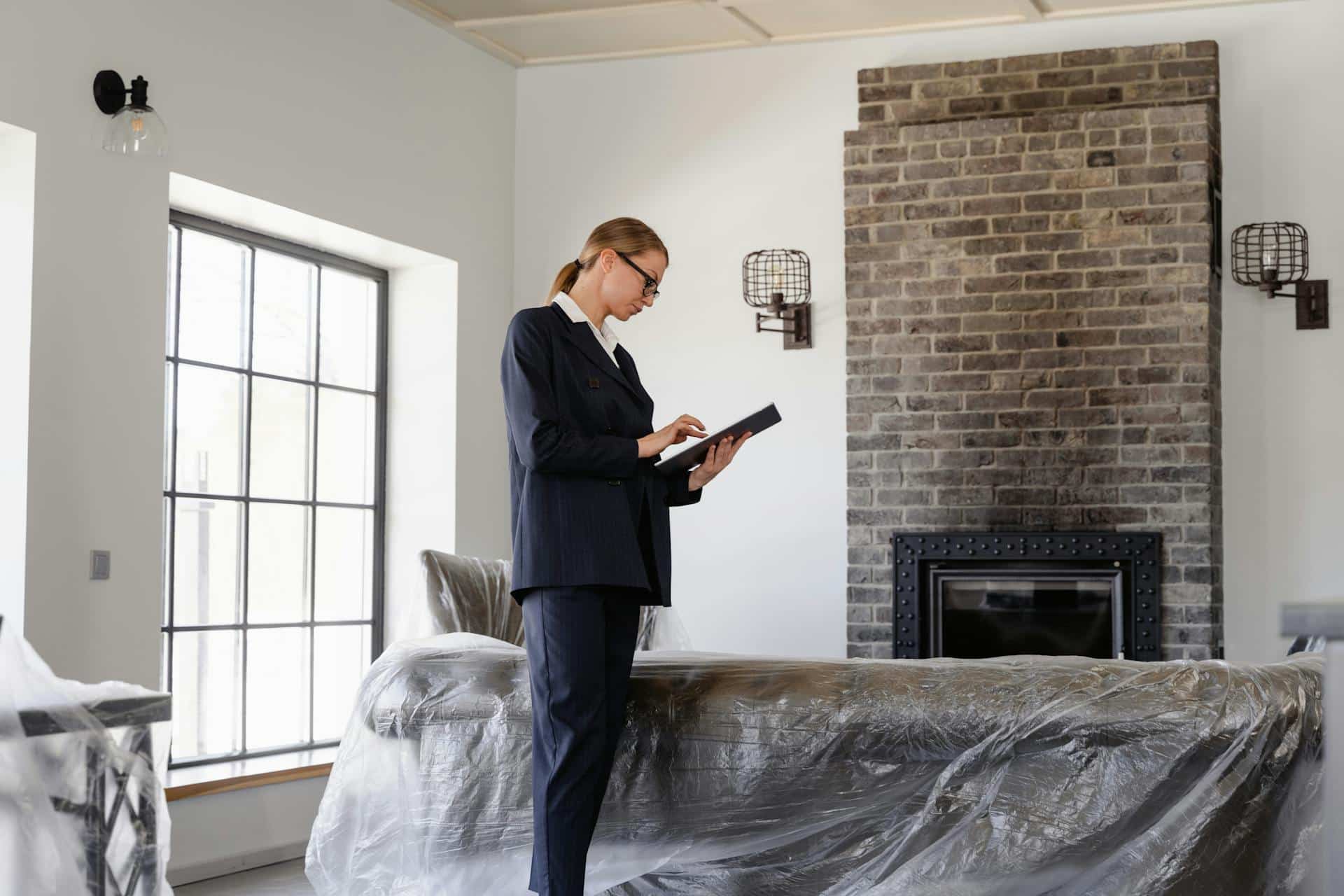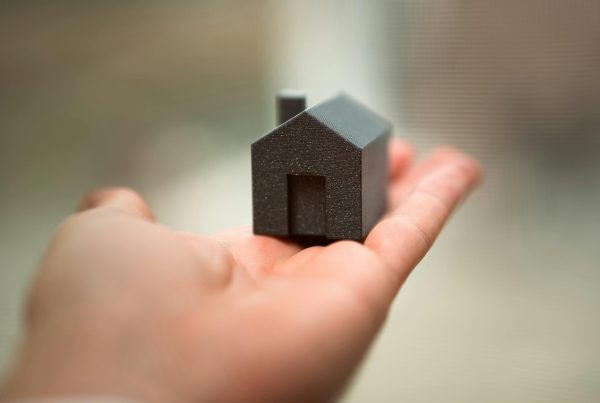Home Inspections Las Vegas
Home inspections are one of the most misunderstood parts of a real estate deal. Buyers expect inspectors to uncover every flaw. Sellers assume the report will be used to beat them down on price.
In reality, home inspections serve one purpose: to provide a clear snapshot of the home’s condition based on what’s visible and accessible.
If you’re buying or selling a home in Las Vegas, here’s what you need to know.
What Is a Home Inspection—And What Isn’t It?
In Nevada, licensed home inspectors follow a specific scope defined by the Nevada Revised Statutes (NRS). A home inspection is a visual, non-invasive check of the property’s systems and structure. Inspectors report on what they can see, reach, and safely operate. That’s it.
Not part of the job:
- Opening walls or floors
- Moving furniture or boxes
- Testing locked or tagged-off systems (gas, electrical)
- Diagnosing hidden problems
- Confirming property value
- Telling you whether to buy the home
Inspectors aren’t appraisers, contractors, or plumbers. They’re trained to assess condition, not cost or value.
What Home Inspectors Actually Check
Las Vegas home inspector Doug Lee (Las Vegas Home Inspections) has done this for over 25 years. A standard inspection takes about two hours for a 1,500-square-foot home. Here’s what’s typically included:
Mechanical Systems
HVAC: Inspectors test all accessible vents and registers, measuring temperature output. A functioning A/C system should deliver a 15-degree difference between intake and output. If return air is 60°F, registers should blow around 45°F. They also check for visible leaks, rust, or disconnected ducts in the attic.
Plumbing: Inspectors check visible supply lines, drains, and fixtures. Thermal cameras help detect hidden leaks under sinks or behind walls. One common issue in Las Vegas? Calcified valves due to hard water. Trying to turn these can snap a valve—so inspectors document the issue but don’t force them.
Water Heaters: Inspect for leaks, proper strapping, drip pans, and sediment traps. Most heaters are in the garage and often overlooked.
Electrical Systems
Inspectors test GFCIs, visible outlets, and panels. But if a breaker is off, they won’t turn it on—too risky. A past mistake involved a panel arcing and nearly blinding the inspector. Once something is tagged or shut down, it stays off until a licensed contractor can review it.
Structural Components
Attics: Inspectors check insulation, ventilation, and roof trusses. They look for sagging, signs of rodents, and broken framing.
Roof: They check for broken tiles, exposed nails, flashing issues, and penetrations (vents, skylights). In older Las Vegas neighborhoods, some rooflines are mismatched due to DIY additions, often without permits.
Interior Rooms
Doors, windows, and floors are checked for function and wear. Inspectors confirm basic safety and note cosmetic concerns, although those typically aren’t deal-breakers.
In bathrooms and kitchens, they test fixtures and measure hot water temps. Many showers don’t get hotter than 105°F—too cold for comfort. This is usually due to anti-scald devices that may need adjustment.
Exterior & Site Conditions
Inspectors evaluate grading, exterior stucco or siding, driveway cracks, and vegetation near the home. Trees planted decades ago often damage sewer lines, either from root intrusion or pipe movement. Doug recommends sewer scopes for homes 20+ years old—a growing concern in aging Vegas neighborhoods.
Appliances & Garage Safety
All built-in appliances are tested if operable. In the garage, inspectors check the door’s auto-reverse resistance and laser sensor. Both are required for safety. A misaligned laser can render a door unsafe, even if it works manually.
What Inspectors Don’t Do (and Why It Matters)
Misunderstanding the scope creates problems. Here’s what inspectors don’t do—and what to do instead:
| ❌ Assumption | ✅ Reality |
| “Inspectors test everything” | Only visible and safe-to-operate systems |
| “They check for mold” | They may detect moisture but can’t confirm mold |
| “They turn breakers or valves” | Not allowed—risk of fire or flooding |
| “They verify if it’s worth the price” | They’re not appraisers |
| “They move clutter to see better” | They inspect what’s readily accessible |
One example: A seller insisted there was no leak despite a spinning water meter. Turned out, a pool filler valve was slowly leaking beneath the surface. The seller had “never seen it,” but the evidence didn’t lie.
When and Why Inspections Matter
Buyer Workflow
- After offer accepted, schedule inspection during due diligence period (often 10 days)
- Walkthrough takes ~2 hours; report delivered in 24–48 hours
- Review with agent: prioritize structural, safety, or high-cost repairs
- Decide whether to negotiate, cancel, or move forward
Seller Workflow (Optional but Smart)
- Pre-listing inspection uncovers issues before the home hits the market
- Gives sellers time to make repairs or price accordingly
- Builds transparency with buyers
In a slower market, pre-inspections can speed up sales by removing buyer hesitation.
Las Vegas Market Factors
Las Vegas has some unique variables:
- Older homes (1950s–1980s) often have unpermitted additions
- Hard water damages plumbing faster
- Tree-lined front yards from early 2000s developments now impact sewer lines
- Flat roof designs are prone to drainage and insulation issues
- Desert weather accelerates exterior wear and stucco cracking
Buyers and sellers should factor these into inspections and long-term maintenance plans.
Agent Role: Set Expectations Early
Real estate agents aren’t inspectors. And inspectors aren’t there to validate deals or sink them.
Agents should:
- Explain what inspectors can and can’t do
- Coach buyers to focus on serious issues (roof, HVAC, plumbing—not scuffs or paint)
- Help sellers prep the home (clear under sinks, unlock utility spaces)
- Use inspection reports to build trust—not fear
When agents overpromise, everyone loses. Stay in your lane and use the inspector’s expertise—don’t override it.
Common Pitfalls (and How to Avoid Them)
| 🧨 Problem | 🛠️ Smart Move |
| Buyer shocked by cosmetic issues | Set expectations before the inspection |
| Seller refuses to believe defects | Walk them through the report calmly |
| Inspector finds moisture | Refer to mold specialist—not guesswork |
| Buyer expects repairs on everything | Prioritize safety and system functionality |
| Sewer issue post-sale | Recommend sewer scope for older homes in advance |
FAQ Section
Q: Do inspectors check for mold in Las Vegas homes?
A: No. If they find signs of moisture, they’ll flag it, but mold confirmation requires a licensed mold inspector.
Q: Can an inspector tell me if the home is “worth it”?
A: No. That’s the appraiser’s job. Inspectors document condition, not value.
Q: What if a system is off or inaccessible?
A: It’s noted in the report as “not inspected.” Buyers can choose to bring in a licensed specialist.
Q: Should sellers get an inspection before listing?
A: Yes—especially if the home is older or has had multiple additions or repairs. It can make your listing more attractive and reduce negotiation headaches.
Q: Is a sewer inspection really necessary?
A: If the home is 20+ years old, yes. Root intrusion and shifting pipes are common in older Las Vegas homes.
Key Takeaways
- Las Vegas home inspections are visual, non-invasive, and limited to accessible areas.
- Inspectors do not test everything, especially anything tagged off or potentially hazardous.
- Buyers should use inspections to inform—not derail—their decision.
- Sellers can benefit from pre-listing inspections to avoid surprises.
- Agents must explain the scope clearly and help both sides stay grounded.
What To Do Next
- Buyers: Focus on health, safety, and expensive systems—not scuffs or paint.
- Sellers: Use a pre-listing inspection to avoid surprises and support your pricing.
- Agents: Set expectations early, stay in your lane, and support the process—not control it.






